Sarit K. Das, Stephen U. Choi, Wenhua Yu, T. Pradeep9780470074732, 0470074736
Table of contents :
Cover Page……Page 1
Title: NANOFLUIDS Science and Technology……Page 4
ISBN 0470074736……Page 5
CONTENTS (with page links)……Page 7
PREFACE……Page 8
1 Introduction……Page 11
1.1.2. Conventional Methods to Enhance Heat Transfer……Page 13
1.2. FUNDAMENTALS OF NANOFLUIDS……Page 14
1.2.1. Miniaturization and Nanotechnology……Page 15
1.2.2. Emergence of Nanofluids……Page 16
1.2.3. Development of the Concept of Nanofluids……Page 18
1.2.4. Importance of Nanosize……Page 20
1.3.1. Materials for Nanoparticles and Fluids……Page 21
1.3.3. Dispersion of Nanoparticles in Liquids……Page 22
1.4.1. Milestones in Thermal Conductivity Measurements……Page 24
1.4.2. Milestones in Convection Heat Transfer……Page 26
1.4.3. Milestones in Boiling Heat Transfer in Nanofluids……Page 28
1.5. MECHANISMS AND MODELS FOR ENHANCED THERMAL TRANSPORT……Page 29
1.5.1. Milestones in Mechanisms and Models for Enhanced Thermal Conductivity……Page 30
1.5.2. Milestones in Mechanisms and Models for Convection Heat Transfer……Page 34
1.6.1. Future Basic Research on Nanofluids……Page 35
1.6.2. Future Applied Research on Nanofluids……Page 39
REFERENCES……Page 42
2.1. GENERAL ISSUES OF CONCERN……Page 49
2.1.1. Thermal Stability……Page 50
2.1.2. Dispersability in Diverse Media……Page 53
2.1.3. Chemical Compatibility and Ease of Chemical Manipulation……Page 55
2.2. SYNTHETIC METHODS: COMMON ISSUES OF CONCERN……Page 56
2.2.1. Size Control……Page 57
2.3.2. Optical Spectroscopies……Page 58
2.3.3. X-ray Diffraction……Page 62
2.3.4. Infrared, Raman, and Other Spectroscopies……Page 63
2.3.5. Zeta Potential……Page 66
2.4. VARIETY IN NANOMATERIALS……Page 67
2.4.1. Metals……Page 68
2.4.2. Oxides……Page 77
2.4.3. Chalcogenides……Page 78
2.5. MICROEMULSION-BASED METHODS FOR NANOFLUIDS……Page 79
2.5.1. Metals……Page 80
2.5.2. Core–Shell Structures……Page 81
2.6. SOLVOTHERMAL SYNTHESIS……Page 82
2.7. SYNTHESIS USING SUPPORTS……Page 84
2.9. MAGNETIC NANOFLUIDS……Page 85
2.10. INERT GAS CONDENSATION……Page 86
2.11.1. Gold and Silver Nanorods……Page 87
2.11.2. Triangles……Page 88
2.12.1. Fullerenes……Page 89
2.12.2. Nanotubes……Page 91
REFERENCES……Page 96
3.1. CONDUCTION HEAT TRANSFER……Page 111
3.1.1. Heat Conduction Equations……Page 114
3.1.3. Steady Conduction……Page 116
3.1.4. Transient Conduction……Page 120
3.2.1. Transient Hot-Wire Method……Page 123
3.2.2. Temperature Oscillation Method……Page 126
3.3. THERMAL CONDUCTIVITY OF OXIDE NANOFLUIDS……Page 133
3.4. TEMPERATURE DEPENDENCE OF THERMAL CONDUCTIVITY ENHANCEMENT……Page 142
3.5. METALLIC NANOFLUIDS……Page 150
3.6. NANOFLUIDS WITH CARBON NANOTUBES……Page 162
REFERENCES……Page 173
4 Theoretical Modeling of Thermal Conductivity in Nanofluids……Page 177
4.1. SIMPLE MIXTURE RULES……Page 178
4.2.1. Maxwell’s Equation……Page 179
4.2.2. Other Extensions……Page 181
4.3.1. Regular Distribution……Page 183
4.3.3. Combination Distribution……Page 185
4.4.1. Depolarization Factors……Page 187
4.4.2. Fricke’s Equation……Page 188
4.4.3. Polder and van Santen’s Equation……Page 190
4.4.4. Other Equations……Page 191
4.5. SYMMETRICAL EQUIVALENT MEDIUM THEORY……Page 193
4.6. MATRIX–PARTICLE INTERFACIAL EFFECTS……Page 194
4.6.2. Complex Particle Approach……Page 195
4.6.3. Other Three-Component Equations……Page 197
4.7. INTERFACIAL THERMAL RESISTANCE……Page 199
4.8.1. Background of Dynamic Models……Page 201
4.8.2. Dynamic Models……Page 202
4.9. NEAR-FIELD RADIATION MODEL……Page 209
4.10. FUTURE RESEARCH……Page 212
REFERENCES……Page 213
5.1. FUNDAMENTALS OF CONVECTIVE HEAT TRANSFER……Page 219
5.1.1. Governing Equations of Fluid Flow and Heat Transfer……Page 220
5.1.2. Boundary Layer Approximation……Page 223
5.1.3. Turbulent Flow……Page 224
5.1.4. Natural Convection……Page 226
5.1.5. Fluid Flow and Heat Transfer Correlations in Convection……Page 227
5.2. CONVECTION IN SUSPENSIONS AND SLURRIES……Page 235
5.2.1. Hydrodynamics of Suspensions……Page 236
5.2.2. Special Features of Particulate Flow……Page 240
5.3.1. Forced Convection……Page 241
5.3.2. Viscosity Variation in Nanofluids……Page 242
5.3.3. Experimental Works on Convection in Nanofluids……Page 243
5.3.4. Natural Convection……Page 255
5.4.1. Dispersion Model……Page 262
5.4.2. Particle Migration Effect……Page 266
5.4.3. Natural Convection and Stability in Nanofluids……Page 274
5.4.4. Design Aspects of Convection: Physical Properties and Optimization of Thermohydraulics……Page 280
5.5. NUMERICAL STUDIES OF CONVECTION IN NANOFLUIDS……Page 284
5.6. CONVECTIVE SIMULATION FOR CHIP COOLING APPLICATION……Page 296
REFERENCES……Page 303
6.1. FUNDAMENTALS OF BOILING……Page 307
6.1.1. Pool Boiling……Page 308
6.1.2. Flow or Convective Boiling……Page 322
6.2. POOL BOILING OF NANOFLUIDS……Page 323
6.3. CRITICAL HEAT FLUX IN POOL BOILING OF NANOFLUIDS……Page 340
6.4. OTHER INVESTIGATIONS RELATED TO BOILING OF NANOFLUIDS……Page 343
REFERENCES……Page 344
7 Applications and Future Directions……Page 347
7.1. LIQUID COOLING……Page 348
7.2.1. Cooling Applications……Page 350
7.2.2. Tribological Applications……Page 355
7.2.4. Other Potential Applications……Page 356
7.3.2. Thermal Properties and Heat Transfer Performance of Nanofluids……Page 357
7.3.3. Applications of Nanofluids……Page 358
REFERENCES……Page 359
NOTES……Page 363
METALS*……Page 364
OXIDE NANOPARTICLES Aqueous Media……Page 376
Nonaqueous Media……Page 377
NANOPARTICLES USING MICROEMULSION- BASED METHODS Metals……Page 378
Oxides……Page 379
Chalcogenides……Page 380
ANISOTROPIC NANOPARTICLES One- Dimensional Nanoparticles: Rods……Page 381
Three- Dimensional Nanoparticles: Triangles……Page 383
Other Anisotropic Shapes……Page 384
REFERENCES……Page 385
INDEX (with page links)……Page 399

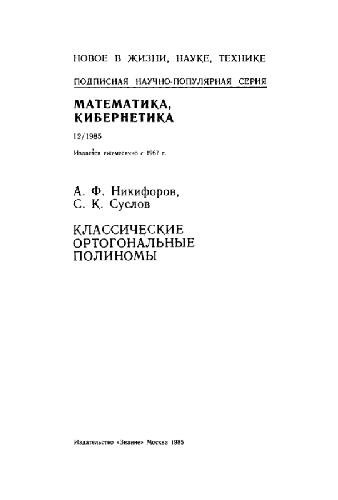
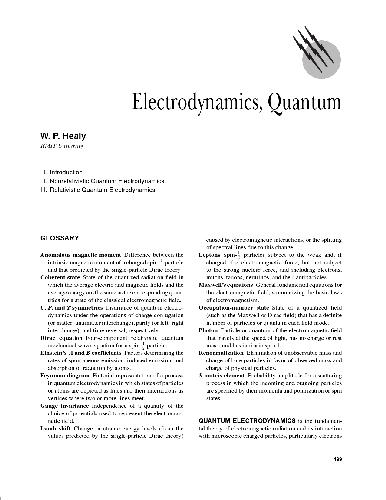
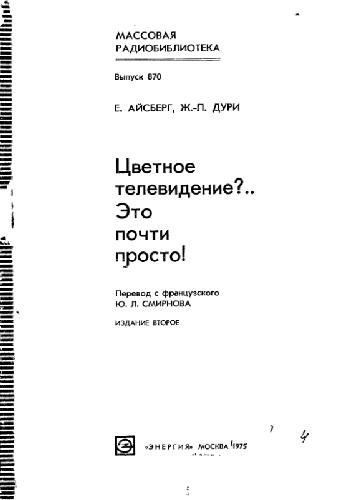
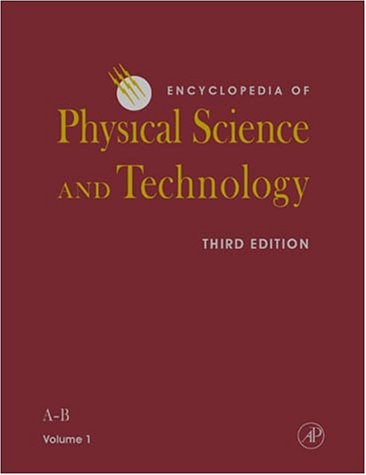
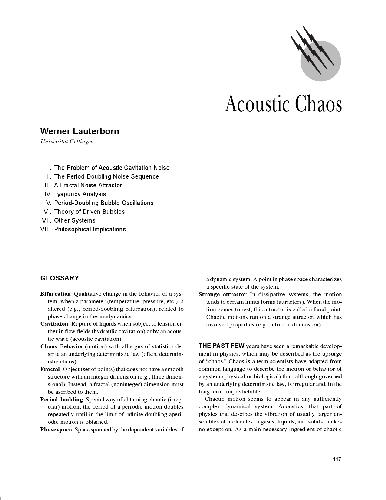
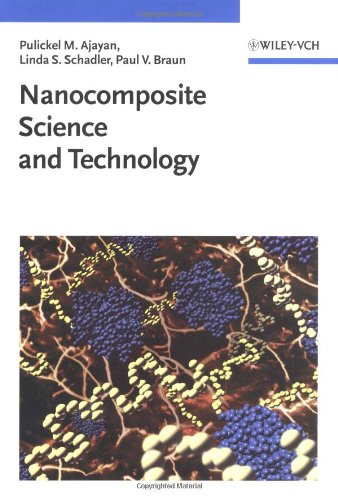
Reviews
There are no reviews yet.